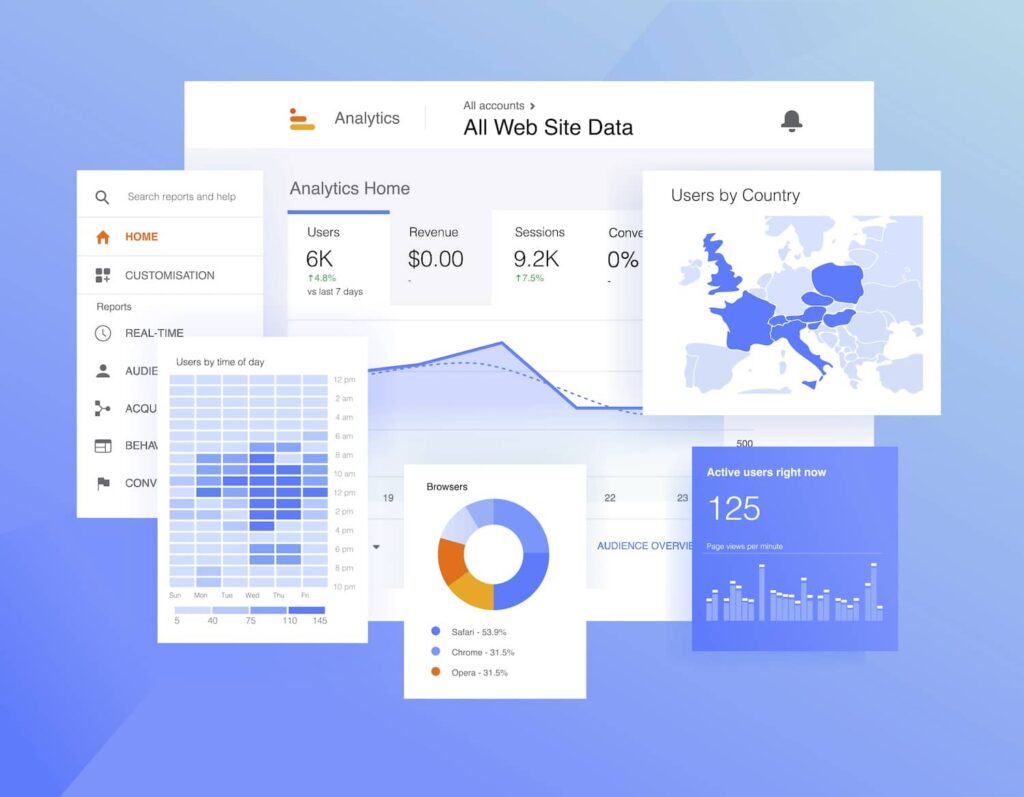In-Depth Look at Secondary Dimensions in Google Analytics: Definition and Best Practices
Wiki Article
Introducing the Influence of Secondary Measurement in Google Analytics on Data Analysis and Insights
In the realm of data analytics, the utilization of second measurements within Google Analytics has actually arised as a crucial device for removing much deeper insights and unraveling facility patterns that could or else stay covered. By peeling off back the layers of primary information sets, secondary measurements offer a nuanced point of view that enhances the understanding of customer behavior, website performance, and the efficiency of marketing methods.Exploring the Concept of Secondary Measurements
Additional dimensions in Google Analytics provide additional understandings by allowing customers to assess main information in combination with a secondary characteristic. By including secondary dimensions, individuals can dig deeper right into the data and uncover beneficial correlations that could or else go unnoticed - what is a secondary dimension in google analytics.Comprehending the concept of secondary dimensions is critical for maximizing the potential of Google Analytics. It permits individuals to sector data successfully, identify patterns, and make notified choices based upon a much more full photo of their analytics information. By checking out the numerous second dimensions offered in Google Analytics, users can unlock brand-new insights and optimize their digital advertising initiatives. Basically, second measurements act as a powerful tool for improving data analysis and driving workable results.
Enhancing Information Analysis With Secondary Measurements
Having actually established the fundamental understanding of secondary dimensions in Google Analytics and their critical function in information evaluation, the focus now shifts towards leveraging these additional credit to boost the analysis of analytics data (what is a secondary dimension in google analytics). By including secondary dimensions right into information analysis, experts can acquire deeper understandings right into individual behavior, website efficiency, and advertising and marketing performance

Additionally, additional measurements assist in contextualizing main information metrics by giving additional layers of info. This contextualization help in recognizing the 'why' behind the information trends, aiding analysts make notified decisions and optimizations to boost general efficiency. Inevitably, including additional dimensions improves the information analysis process, resulting in more strategic actions and purposeful insights.
Uncovering Hidden Insights Via Second Measurements
Checking out the depths of analytics data with additional measurements reveals beneficial insights that would or else continue to be covered. By incorporating additional measurements in Google Analytics, companies can uncover concealed patterns, fads, and connections that give a more detailed understanding of customer habits and web site efficiency. These added layers of data enable analysts to dive much deeper into the primary measurements, such as web traffic sources or touchdown web pages, and acquire a much more nuanced viewpoint on how different variables interact with each other.Through the usage of secondary dimensions, experts can segment and compare data across numerous measurements, enabling them to identify details factors that influence customer involvement, conversion prices, and total success metrics. By pairing the key measurement of 'gadget group' with the secondary dimension of 'age group,' online marketers can determine which age demographics like accessing the site through imp source mobile devices versus desktop computers.
Leveraging Second Measurements for Actionable Analytics
Building upon the insights revealed via secondary dimensions in Google Analytics, companies can now harness this enriched data landscape to drive workable analytics and critical decision-making. By leveraging additional dimensions, organizations can delve much deeper right into their data to remove valuable patterns, patterns, and relationships that might have previously gone undetected. This deeper degree of analysis makes it possible for companies to obtain an extra extensive understanding of customer actions, campaign efficiency, and overall website performance.One key advantage of making use of additional dimensions for actionable analytics is the her explanation capacity to segment information based on certain requirements. This segmentation permits organizations to tailor their strategies and campaigns to different target market teams, resulting in much more targeted and effective advertising efforts - what is a secondary dimension in google analytics. In addition, second measurements give an even more alternative sight of customer communications, allowing services to enhance their website content, design, and overall customer experience
Optimizing Decision-Making With Additional Dimensions
To improve tactical decision-making in analytics, leveraging secondary dimensions in Google Analytics can provide a much more nuanced viewpoint on visit site individual behavior and campaign efficiency. By including secondary measurements into data evaluation, businesses can dig deeper into the specifics of their website visitors' interactions and interaction patterns. This extra layer of information allows for a more extensive understanding of exactly how different variables, such as demographics, devices, or traffic resources, effect vital efficiency signs.
Verdict
To conclude, making use of secondary dimensions in Google Analytics plays a vital role in improving information evaluation and discovering covert insights. By exploring this concept, one can obtain a much deeper understanding of individual habits and make informed choices based on actionable analytics. Leveraging additional dimensions permits for a much more extensive analysis of data and maximizes the efficiency of decision-making processes.
Report this wiki page